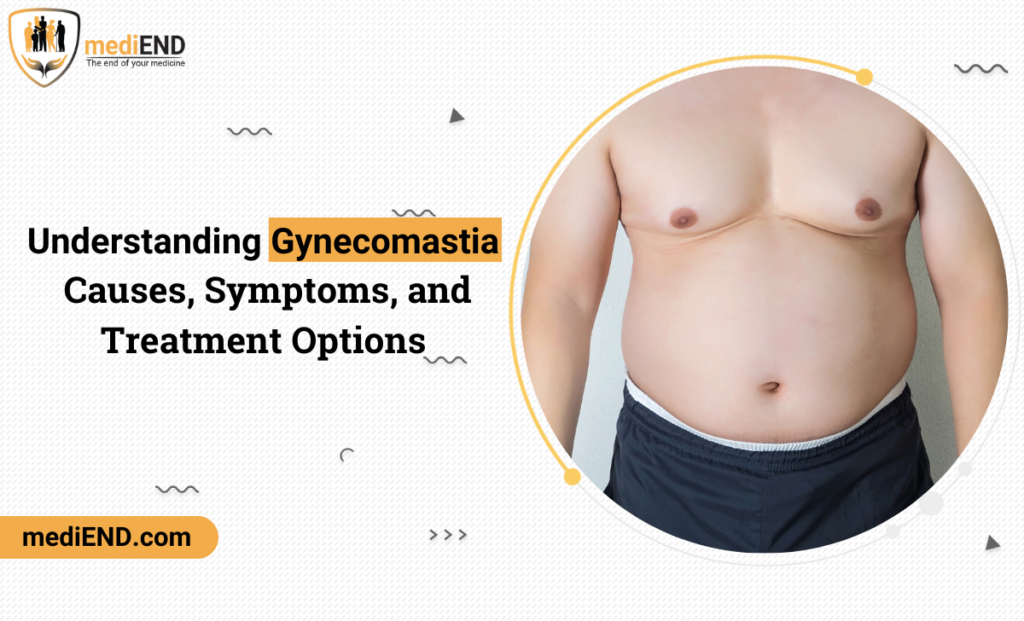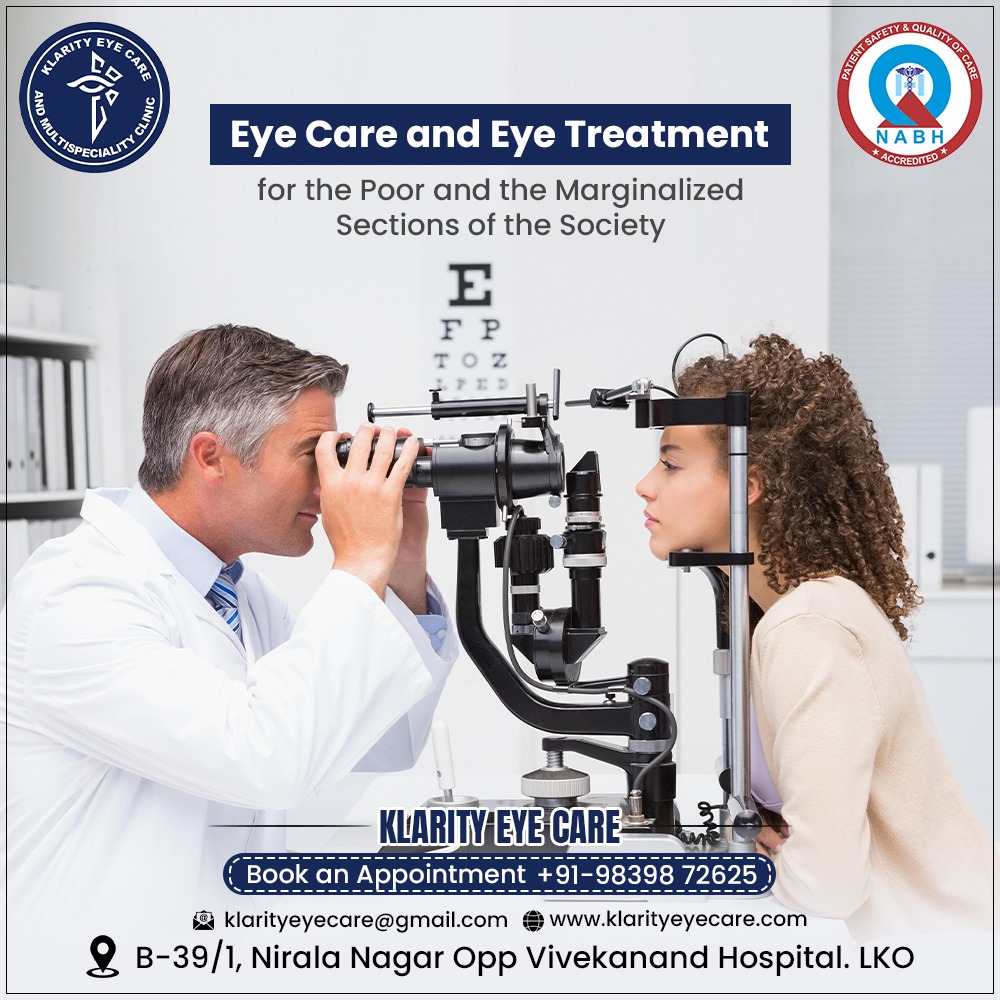A CPAP titration sleep study is an essential procedure aimed at determining the optimal airflow rate necessary to effectively treat individuals with sleep-disordered breathing conditions, such as obstructive sleep apnea. This specialized sleep study involves connecting the patient to a CPAP (Continuous Positive Airway Pressure) machine overnight within a controlled sleep laboratory environment. In this blog, we will discuss CPAP titration, and its types and, also discuss alternative options like the choice between CPAP titration and auto-adjusting CPAP.
Key Steps in a CPAP Titration Sleep Study:
Connection and Initial Settings:
- The patient is fitted with a CPAP mask and connected to the CPAP machine.
- Initially, the machine is set to deliver low air pressure.
Incremental Adjustment:
- Throughout the night, trained sleep technologists monitor the patient’s sleep using polysomnography (a comprehensive sleep study).
- The airflow rate from the CPAP machine gradually increased in small increments.
Optimizing Airflow:
- The goal is to find the precise air pressure that keeps the patient’s airway open without interruptions in breathing (apneas) or reductions in airflow (hypopneas).
- Once the optimal pressure is identified, it is set as the fixed rate for the patient’s CPAP therapy.
Adjustments for Comfort and Efficacy:
- If the patient experiences discomfort or difficulty adjusting to the CPAP therapy, adjustments such as adding humidity to the CPAP air may be made to enhance comfort.
Ways of CPAP Titration Studies
Here are the two main ways CPAP titration studies are conducted:
In-Lab Titration
In-lab titration is conducted overnight in a sleep laboratory, where the patient is monitored using polysomnography to track various physiological parameters. A sleep technologist adjusts the CPAP machine’s air pressure throughout the night to find the optimal settings. This method provides precise adjustments and detailed data but can be more expensive, inconvenient, and less accessible.
Home-Based Titration
Home-based titration occurs in the patient’s home using a portable CPAP device. The machine collects data over several nights, which is reviewed by a healthcare provider to adjust the settings as needed. This approach is more convenient, comfortable, and cost-effective but relies on patient compliance and may offer less precise data compared to in-lab studies.
Understanding Full-Night and Split-Night CPAP Titration Studies
A CPAP titration study is necessary for determining the precise airflow rate needed for the treatment of sleep-related breathing disorders. This process ensures that the CPAP machine delivers the appropriate pressure to maintain open airways during sleep. There are two primary types of CPAP titration studies: full-night and split-night.
Full-Night CPAP Titration Study:
A full-night CPAP titration study is conducted solely to calibrate the CPAP machine’s airflow rate for individuals who have already been diagnosed with a sleep-related breathing disorder, such as obstructive sleep apnea (OSA).
Process: The entire night is dedicated to adjusting the CPAP settings to find the optimal pressure that keeps the airways open and prevents apneas and hypopneas.
Split-Night CPAP Titration Study:
A split-night study combines diagnosis and treatment in a single night, making it a more efficient approach if conditions allow.
Process:
- First Half: The initial portion of the night is used for diagnostic purposes. Polysomnography is performed to identify the presence and severity of sleep-related breathing issues.
- Second Half: If a sleep-related breathing disorder, such as moderate to severe OSA, is diagnosed within the first two hours, the remainder of the night is used for CPAP titration.
- Follow-Up: If there isn’t enough time to properly calibrate the CPAP machine during the split-night study, a follow-up full-night titration study may be required.
Criteria for Split-Night Studies:
- A split-night study is initiated if moderate to severe OSA is identified within the first two hours of the diagnostic study.
- At least three hours must remain for CPAP titration to proceed effectively.
Alternates to CPAP:
- Alternative Therapies: If standard CPAP therapy is not well-tolerated or effective, alternatives like BiPAP (bilevel positive airway pressure) machines may be considered. BiPAP machines offer different pressures for inhalation and exhalation, which can be beneficial for certain patients.
- Auto-Titrating CPAP (APAP): For some patients, auto-titrating CPAP machines (APAPs) may be prescribed. APAPs adjust the pressure automatically throughout the night based on real-time needs, reducing the necessity for a traditional titration study.
BiPAP Machines
A BiPAP (bilevel positive airway pressure) machine is a type of non-invasive ventilation (NIV) therapy designed to aid breathing. These devices are used both in hospitals and at home, providing essential respiratory support for individuals with certain health conditions.
How BiPAP Machines Work:
BiPAP machines are compact which makes them suitable for home use. They consist of a machine connected to a mask via a tube, which the user wears over their nose and mouth. The machine utilizes air pressure to assist with breathing, helping to open the lungs, increase oxygen levels in the blood, and decrease carbon dioxide levels.
The Mechanism of BiPAP Support:
During normal breathing, the diaphragm (the primary breathing muscle) moves downward, reducing pressure inside the lungs and allowing air to flow in. For those with breathing difficulties, a BiPAP machine assists by pushing air into the lungs, effectively helping the diaphragm and ensuring the lungs receive adequate oxygen.
BiPAP vs. CPAP:
BiPAP is distinct from other positive pressure ventilators, such as CPAP (continuous positive airway pressure) machines. While CPAP delivers a constant air pressure during both inhalation and exhalation, BiPAP adjusts the pressure: higher during inhalation and lower during exhalation. This difference can make BiPAP more suitable for certain medical conditions compared to CPAP.
APAP Therapy
APAP (Automatic Positive Airway Pressure) therapy involves the use of a device designed to treat obstructive sleep apnea by automatically adjusting the air pressure based on the user’s needs. These devices, often referred to as auto-titrating CPAP or auto-CPAP machines, offer a dynamic approach to managing sleep apnea.
How APAP Therapy Works:
An APAP machine is connected to a mask via flexible tubing, which the user wears over their nose or both their nose and mouth. The device is powered by an electrical outlet or a battery, typically placed on a nightstand or bedside table. The APAP machine delivers pressurized air through the tubing and into the mask, helping to keep the airway open and reducing breathing disruptions during sleep.
Adaptive Pressure Adjustment:
The key feature of APAP machines is their ability to automatically adjust air pressure. The machine uses advanced technology to detect snoring or breathing interruptions. When it senses these changes, it increases the air pressure to maintain an open airway. Conversely, it decreases the pressure when the higher rate is no longer necessary. This automatic adjustment provides a personalized treatment that adapts to the user’s immediate needs.
APAP vs. CPAP:
Technically, APAP machines are a type of CPAP device equipped with the capability to auto-adjust air pressure. Traditional CPAP machines, also known as fixed-level CPAP devices, provide a steady pressure that does not change during the night. While fixed-level CPAP machines were once the standard prescription, the use of APAP machines has become increasingly popular due to their adaptive technology and personalized approach.
Conclusion:
In conclusion, choosing the right CPAP titration method is essential for treating sleep-disordered breathing conditions like obstructive sleep apnea. Whether opting for in-lab, home-based, or auto-adjusting CPAP (APAP) therapy, each approach has its benefits and limitations. Understanding these options helps ensure personalized and effective sleep apnea management for a good night’s sleep. Furthermore, to manage your sleep disorders better, you can visit a telehealth sleep medicine center in California.

